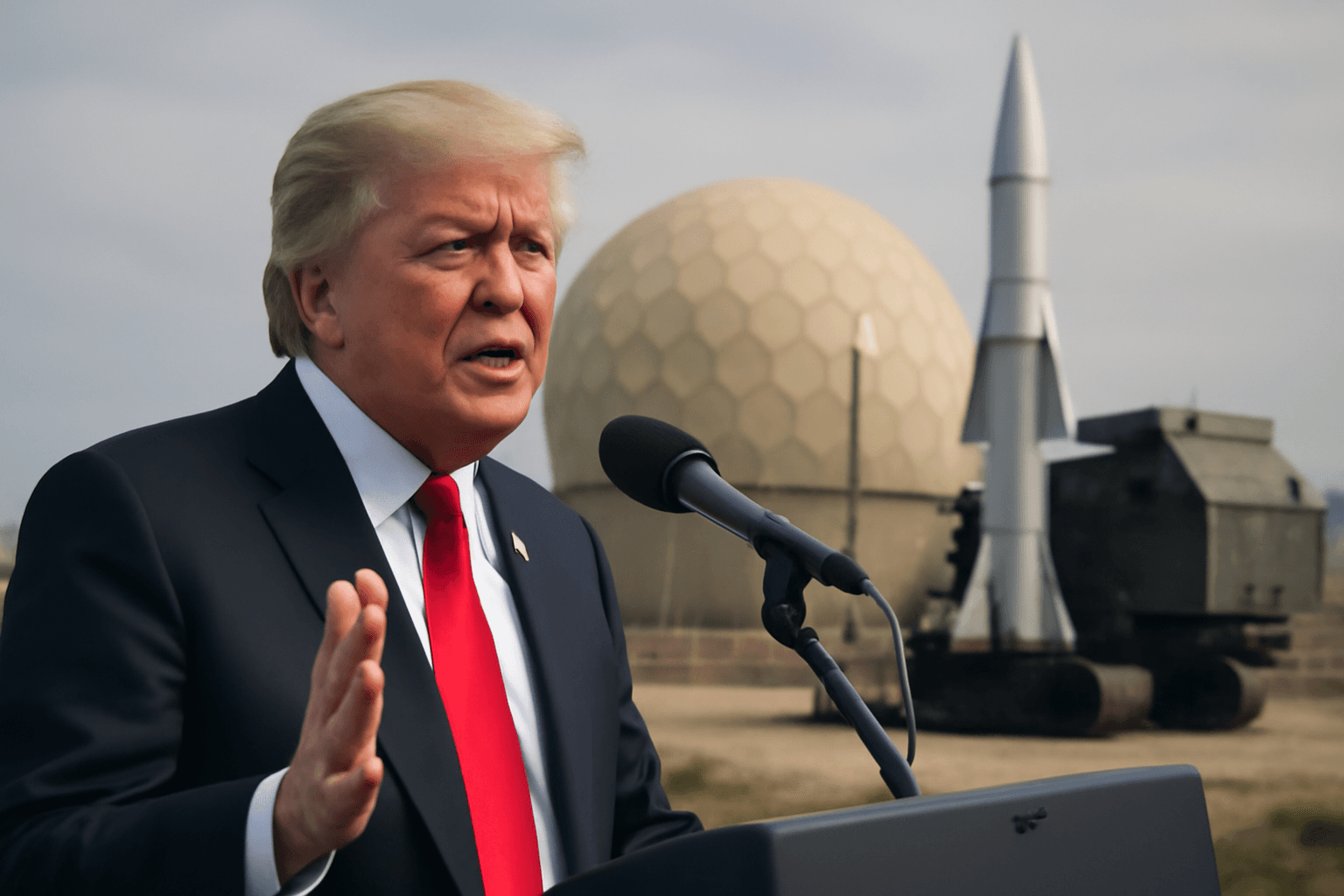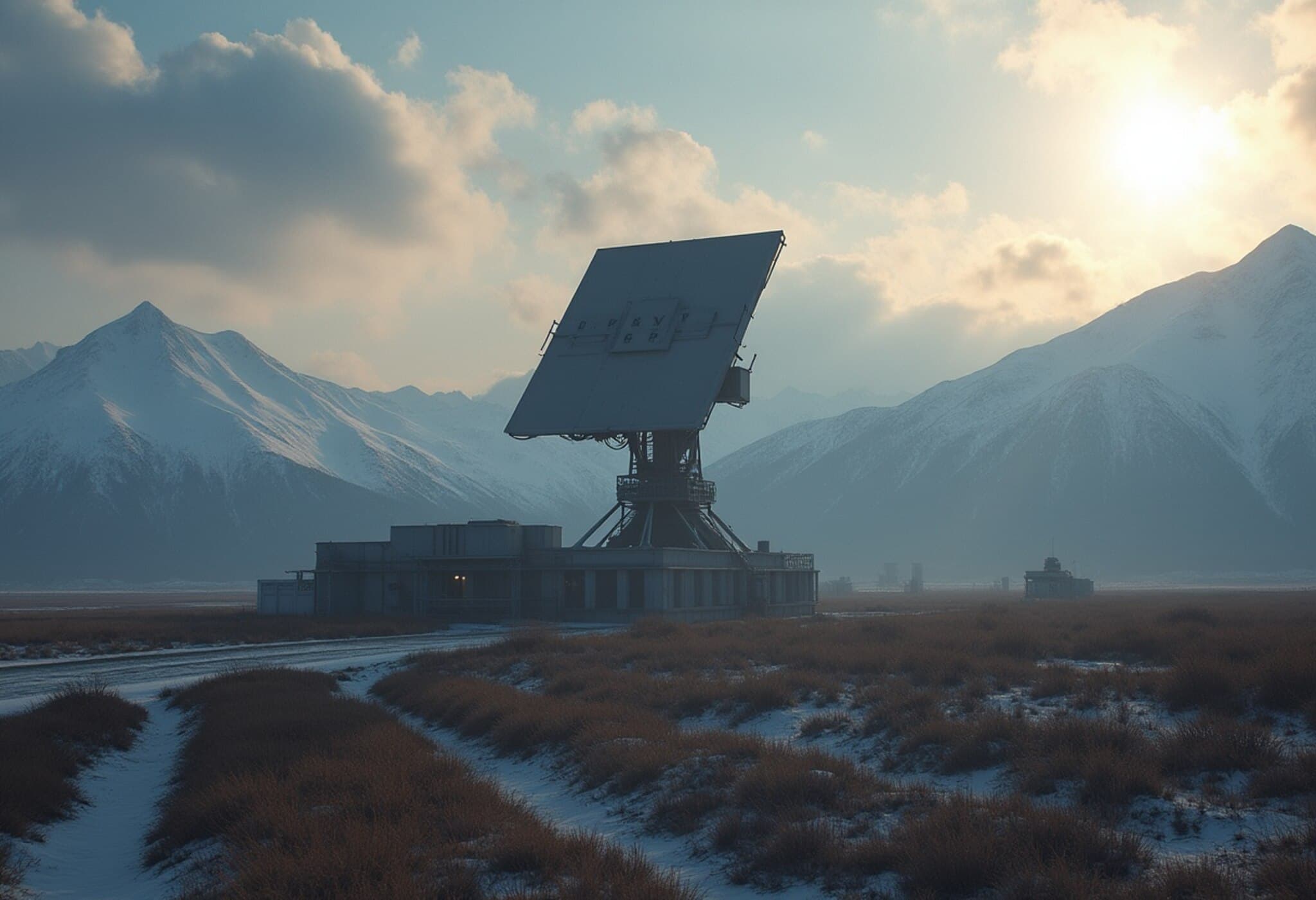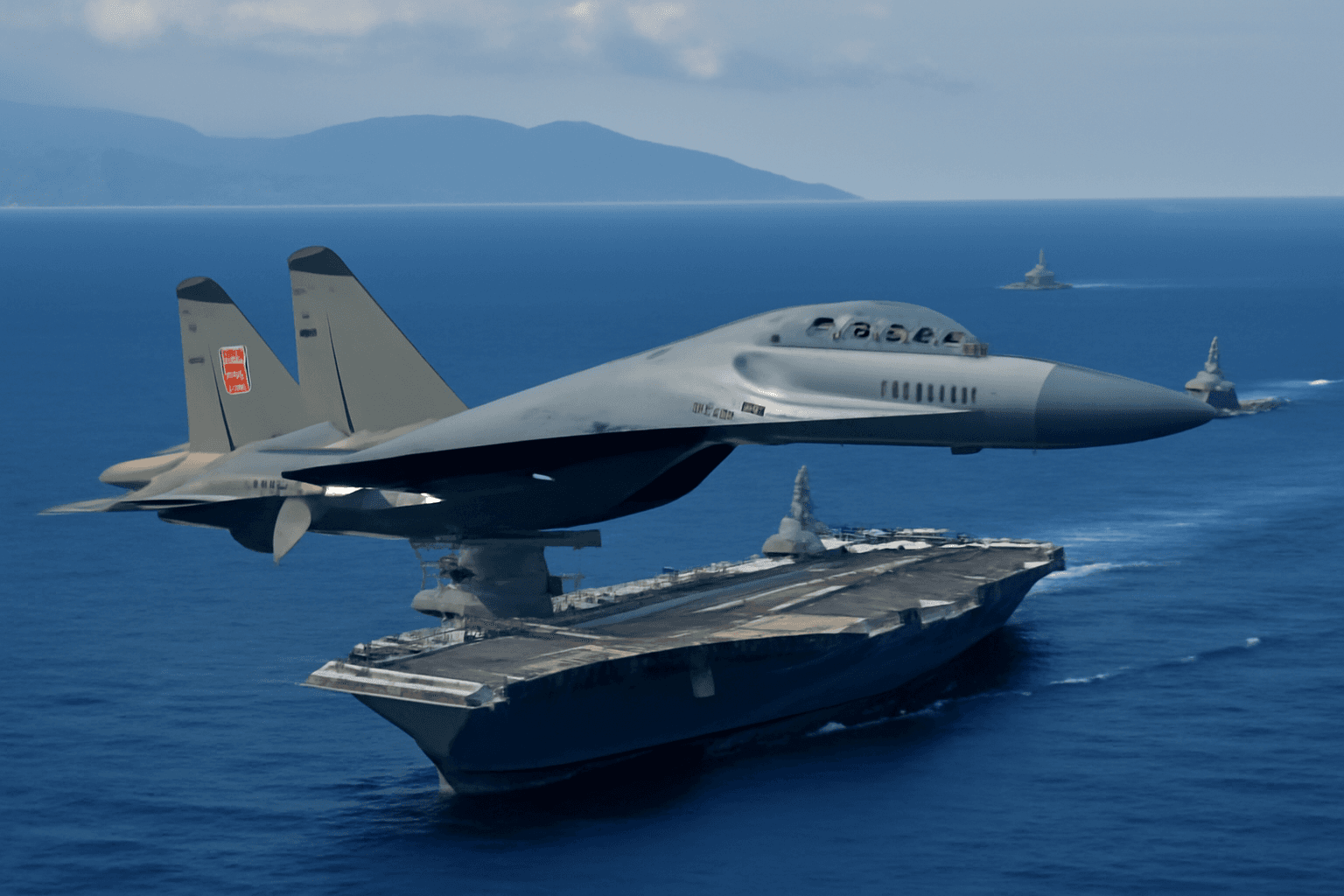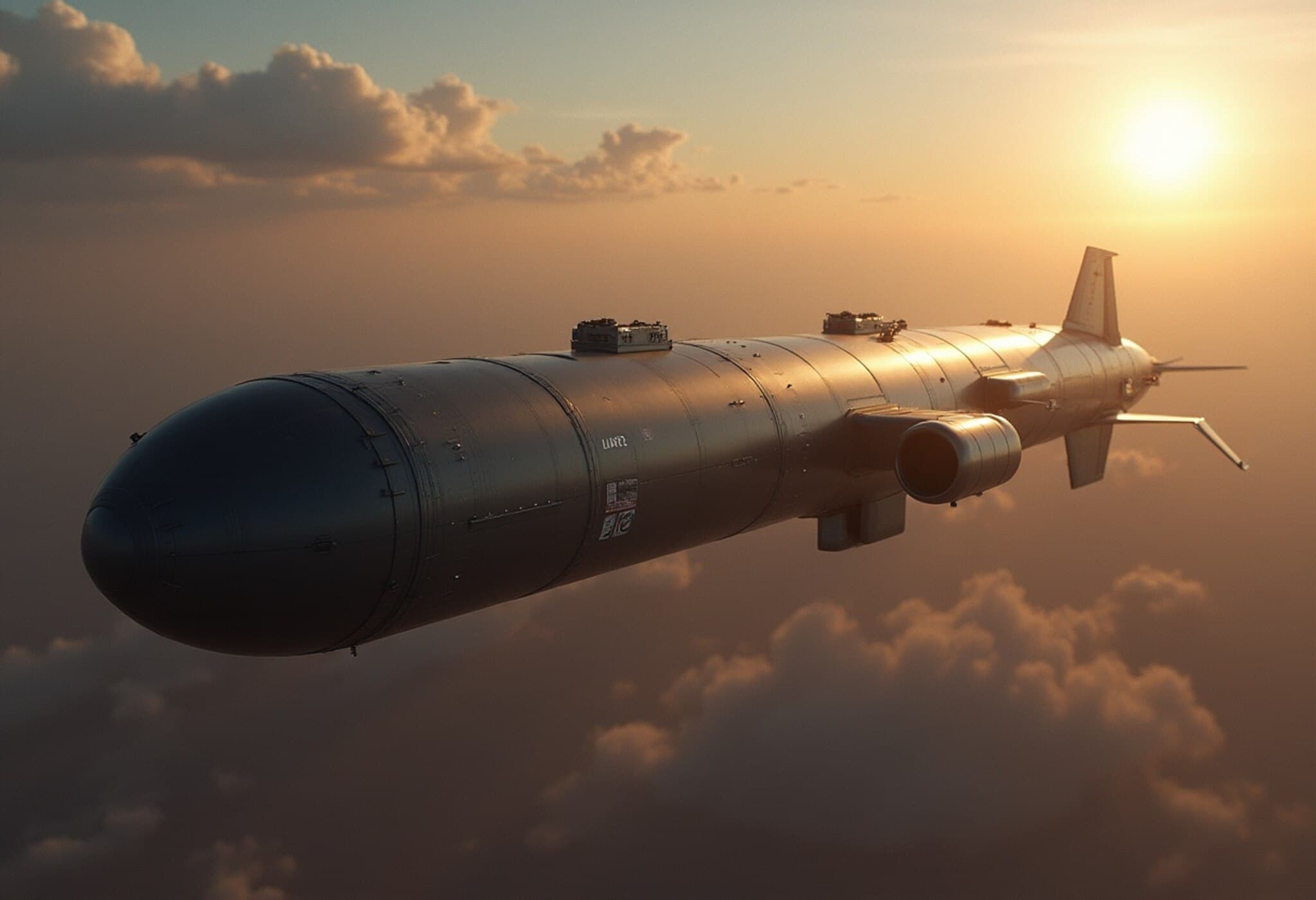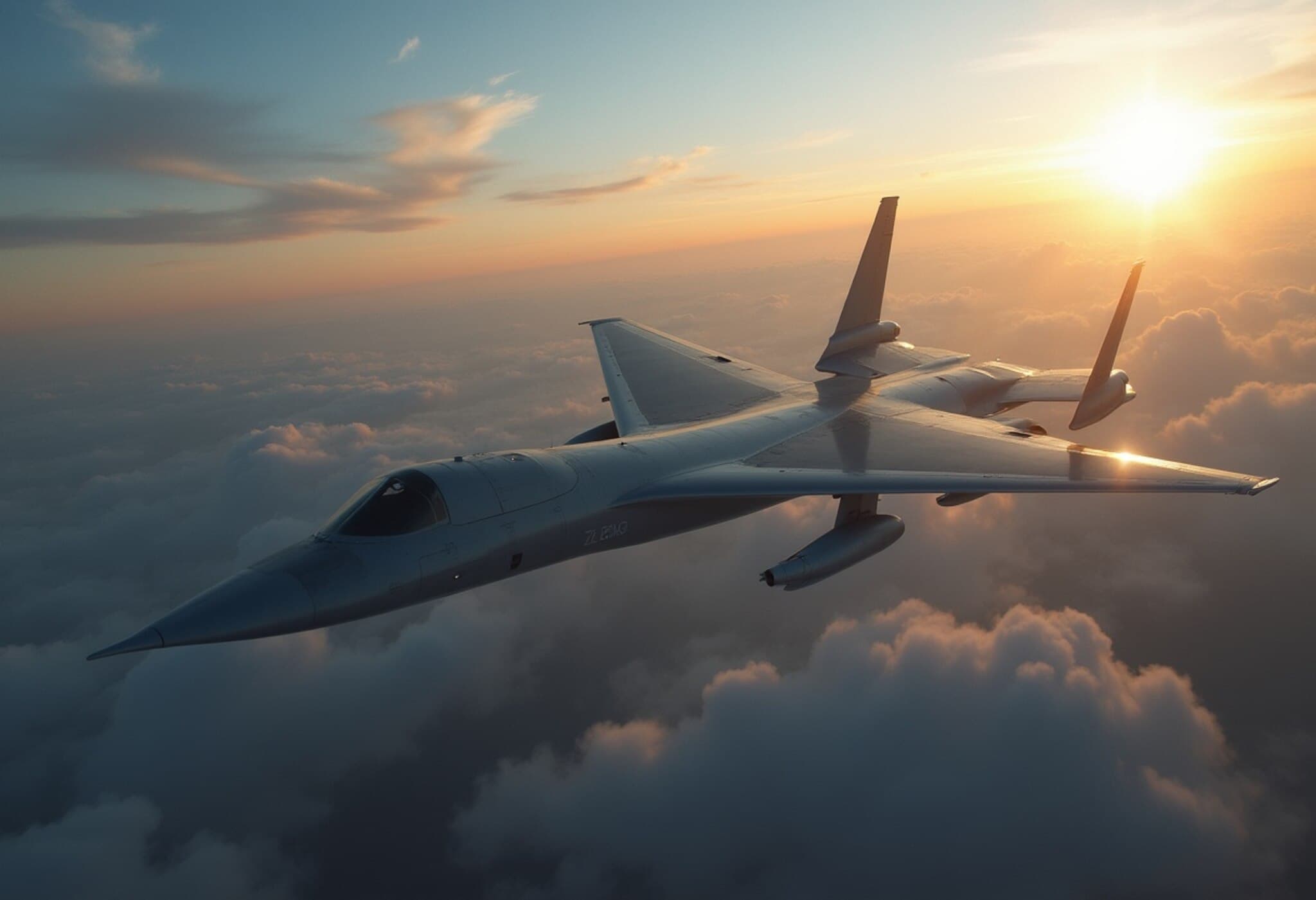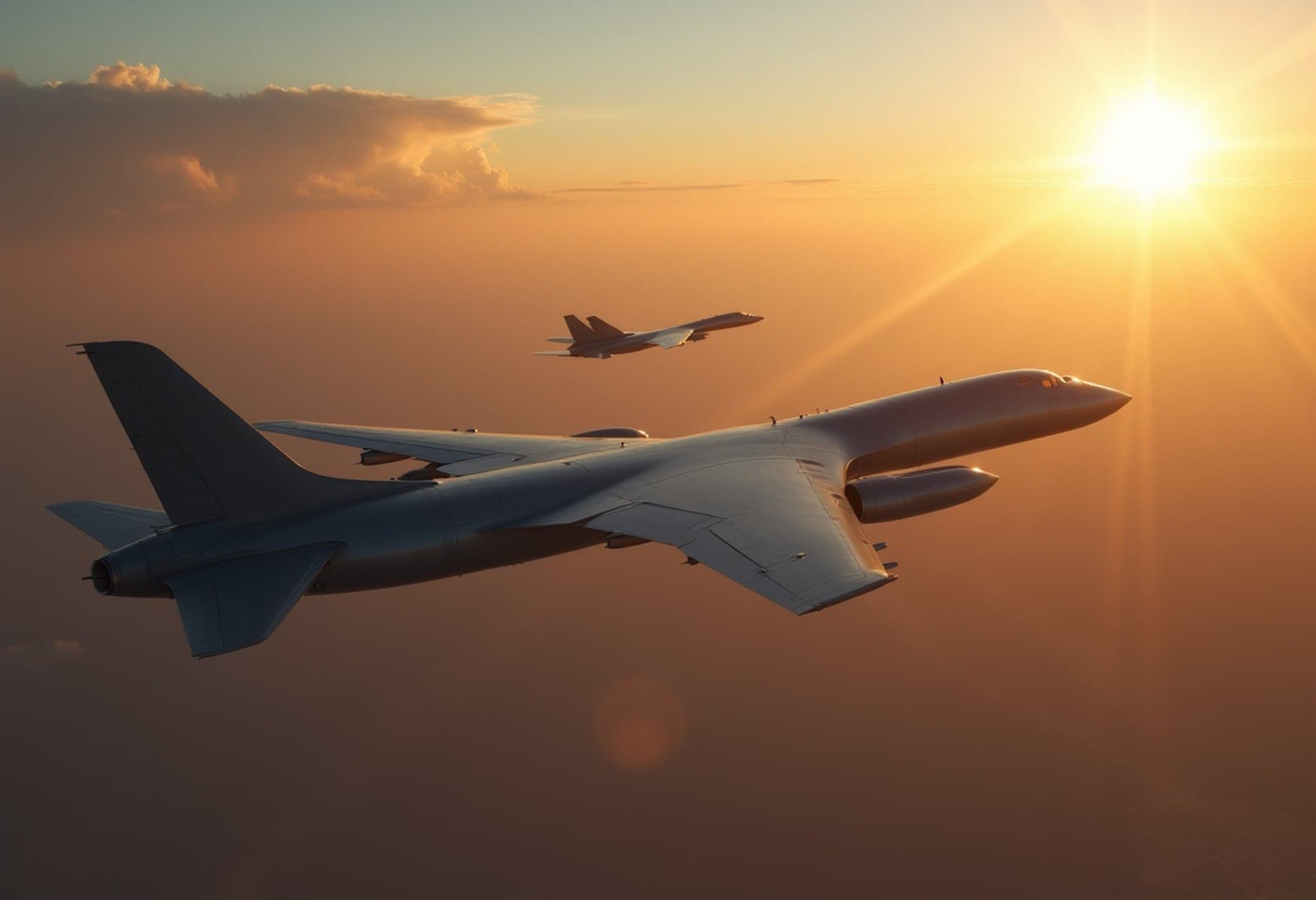From B-2 Developer to Espionage Convict: The Rise and Fall of Noshir Gowadia
The story of an Indian-born engineer, who once played a pivotal role in developing the United States’ advanced B-2 Spirit stealth bomber, took a dramatic turn after he was found guilty of selling sensitive technology to China. This revelation came into sharper focus following recent satellite images showing a strikingly similar stealth flying-wing aircraft at a Chinese test site in Xinjiang.
Inside the Mind of a Key Defense Insider
Noshir Gowadia, originally from Mumbai, was a propulsion and low-observability technology specialist at Northrop (now Northrop Grumman). His expertise helped shape the stealth features that made the B-2 Spirit one of the most sophisticated bombers in the US military arsenal. Trusted with top secret clearance, Gowadia even shared his knowledge as an aeronautics instructor after leaving the defense contractor in 1986.
Espionage Uncovered: FBI Investigation and Arrest
By the early 2000s, Gowadia’s activities attracted FBI scrutiny. In 2005, agents discovered classified documents hidden inside a furniture shipment, setting off an intense investigation. Arrested in Hawaii, Gowadia faced charges under the Arms Export Control Act and the Espionage Act for transferring stealth technology details to foreign powers, notably China.
Behind the Technology Transfer: What Did Gowadia Share?
Between 2003 and 2004, Gowadia reportedly traveled multiple times to China, handing over designs focused on infrared suppression and low-visibility propulsion systems. Such information was crucial in advancing China’s cruise missile and bomber development efforts. According to authorities, he received a total of $110,000 over three years for his clandestine contributions.
Though initially denying involvement, Gowadia eventually confessed, admitting, “On reflection, what I did was wrong to help the PRC make a cruise missile. What I did was espionage and treason.” In 2010, he was convicted on 14 counts and sentenced in 2011 to 32 years in federal prison. Currently, he remains incarcerated at the Florence ADX supermax in Colorado.
Despite the conviction, his son Ashton Gowadia stands by his father's innocence, alleging that critical evidence was withheld by investigators and that the case was manipulated.
New Satellite Images Stoke Fears Over China’s Stealth Ambitions
Recent satellite imagery has renewed interest in Gowadia’s espionage's potential impact. Photos dated May 14 show a large stealth flying-wing drone at a Chinese testing facility in Xinjiang. The aircraft has an estimated wingspan of 52 meters, bearing a strong resemblance to the US B-2 Spirit.
Positioned near newly built hangars, this drone could be part of China’s high-altitude, long-endurance (HALE) drone initiatives or related to cutting-edge projects like the H-20 stealth bomber or the J-36 fighter jet.
Defense analysts suggest that China’s notable advancements in stealth aviation may be linked to the technology Gowadia provided, marking a significant leap forward in Beijing’s military capabilities.
The Legacy of the B-2 Spirit and Its Strategic Importance
The B-2 Spirit bomber remains one of America’s most secretive and capable weapons, designed to evade radar detection and penetrate deep into hostile airspace. Its ability to deliver both conventional and nuclear weapons makes it a cornerstone of US strategic deterrence.
Recently, the B-2 was deployed in combat over Iran for the first time, targeting underground nuclear facilities in Fordow. This mission underscored the bomber’s unmatched operational value amid rising tensions in the region and highlighted why powers like China are eager to replicate such technology.


